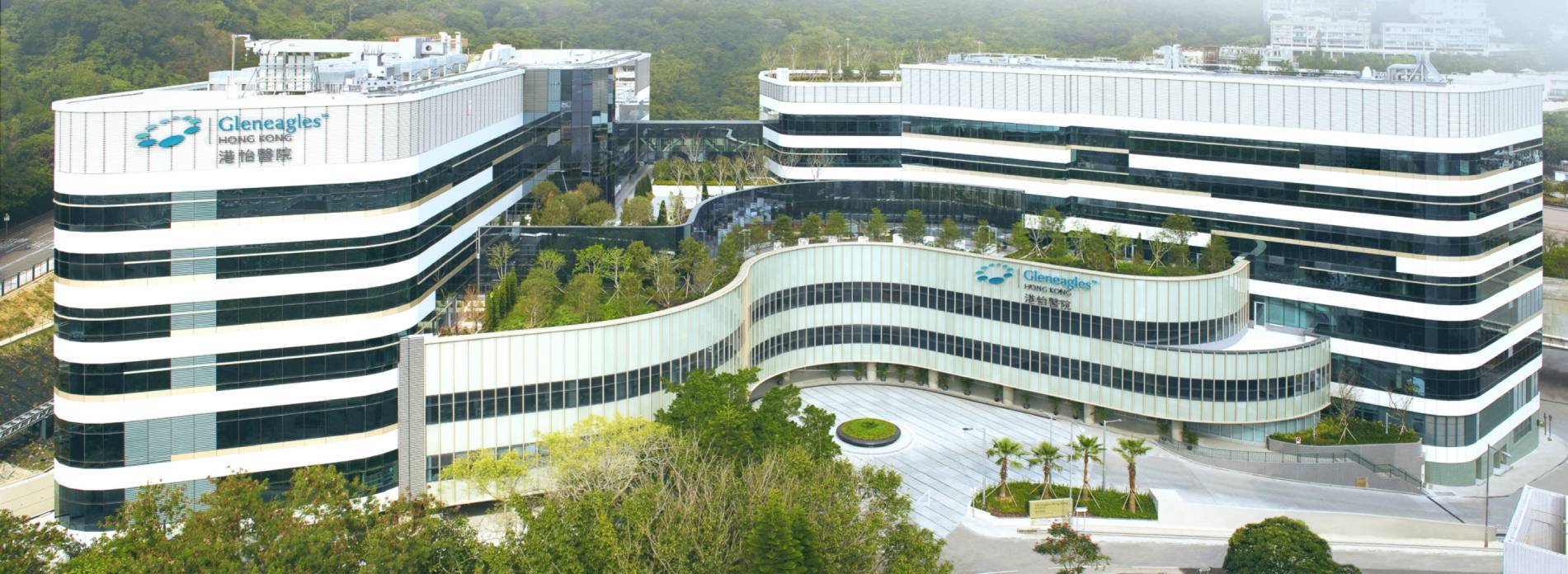Flexible Pleuroscopy
What is Flexible Pleuroscopy?
A pleuroscopy is a medical examination that allows the doctor to visualise the space between the lung and the chest wall called the pleural cavity. The pleural cavity may contain abnormal fluid (pleural effusion) in certain disease. An instrument called pleuroscope, which consists of a thin tube attached to a camera, is inserted through the chest wall. The procedure does not usually require general anaesthesia. It is done using conscious sedation (medication that makes you sleepy and relaxed). Chest wall ultrasound is also used to determine the most suitable point for pleuroscope entry.
Why is Flexible Pleuroscopy required?
Pleuroscopy is used to determine the cause of abnormal build-up of fluid in the pleural cavity. Using flexible pleuroscopy, the doctor can visualise the pleural cavity and perform biopsies (collection of tissue specimens of the pleura) guided by video images, in order to diagnose the cause of fluid accumulation. Medications can sometimes be sprayed onto the pleural surface during the procedure to stop fluid re-accumulation (chemical pleurodesis with talc poudrage).





